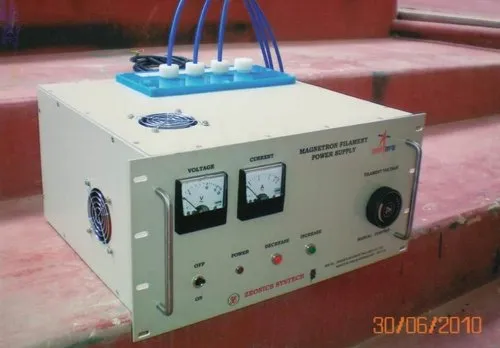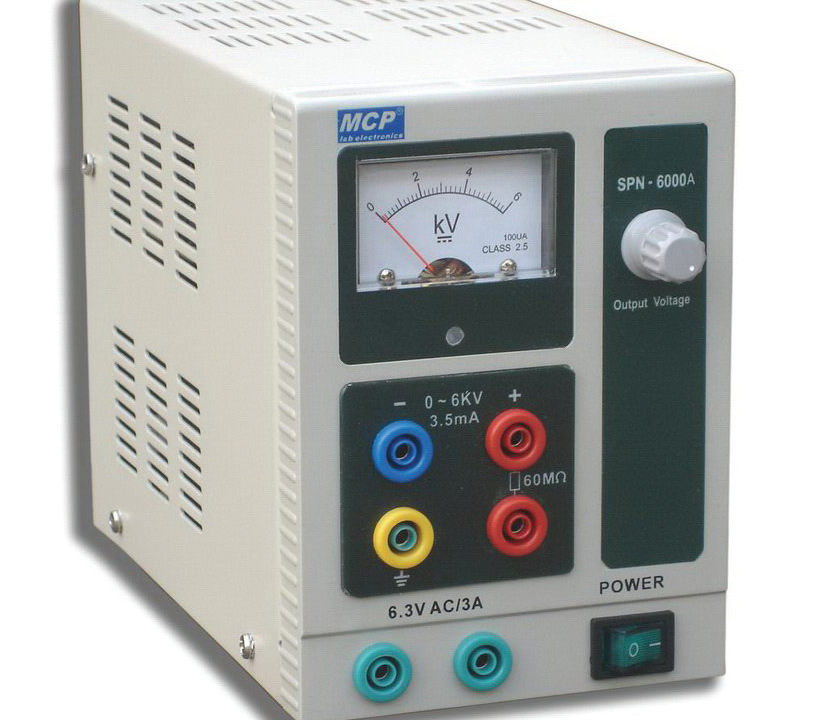
Benefits Of Using Industrial Plugs And Sockets
April 17, 2023
The Role of Industrial Microwave Generators in Energy Applications
April 26, 2023A high voltage supply is a power conversion unit that transforms low voltage potential into higher voltage potential, typically ranging from 1kV to 360kV with a typical range of 62kV up to 500kV. They can operate using either AC or DC voltage input, with DC input voltages of 12Vdc and 24Vdc being more economical.
High voltage supplies are used in various fields such as scientific research, industrial production, medical equipment, and telecommunications. They are designed to provide electrical power to an electrical load, ranging from household or factory lights to electrical appliances. Examples of high voltage supplies include power transformers, high voltage capacitors, and specialized ones such as Cockcroft-Walton and Van de Graaff generators. These units supply hundreds up to thousands of volts of output.
High voltage power supplies have adjustable outputs that can be controlled locally or through a computer interface. These supplies are widely used in industries such as medicine, telecommunications, and energy spectrum analysis. They come with a variety of features, including high output voltage stability of less than or equal to ±1%, an efficiency higher than 70%, overcurrent and short circuit protection, and low leakage current at shutdown. It’s crucial to use a special output connector to prevent insulation breakdown, arcing, and accidental human contact when dealing with high voltage power supplies. Standard connectors are available for applications above 20kV.
When selecting high voltage power supplies, there are several factors to take into account, including:
Power supply style – this refers to the physical form of the power supply, such as internal, open frame, DIN rail, PCB mount, or rack mount.
Input voltage – high voltage power supplies can accept AC single phase, AC three phase, or DC input, so it’s important to choose a power supply that matches the input voltage requirements.
Output specifications – this includes the number of outputs, output polarity, and the maximum values of current, power, and voltage. High voltage power supplies may offer negative, positive, or reversible polarity outputs, and can have single or multiple outputs.
User interface – high voltage power supplies may have a computer interface, digital front panel, or analog front panel. Some come with software for monitoring and controlling performance, and the display may be an analog meter, digital readouts, or video display terminals. Analog signals may be used to monitor output voltage on some high voltage power supplies.
Related posts
High Voltage Power Supply. High Voltage Probe. High Voltage Relay.




